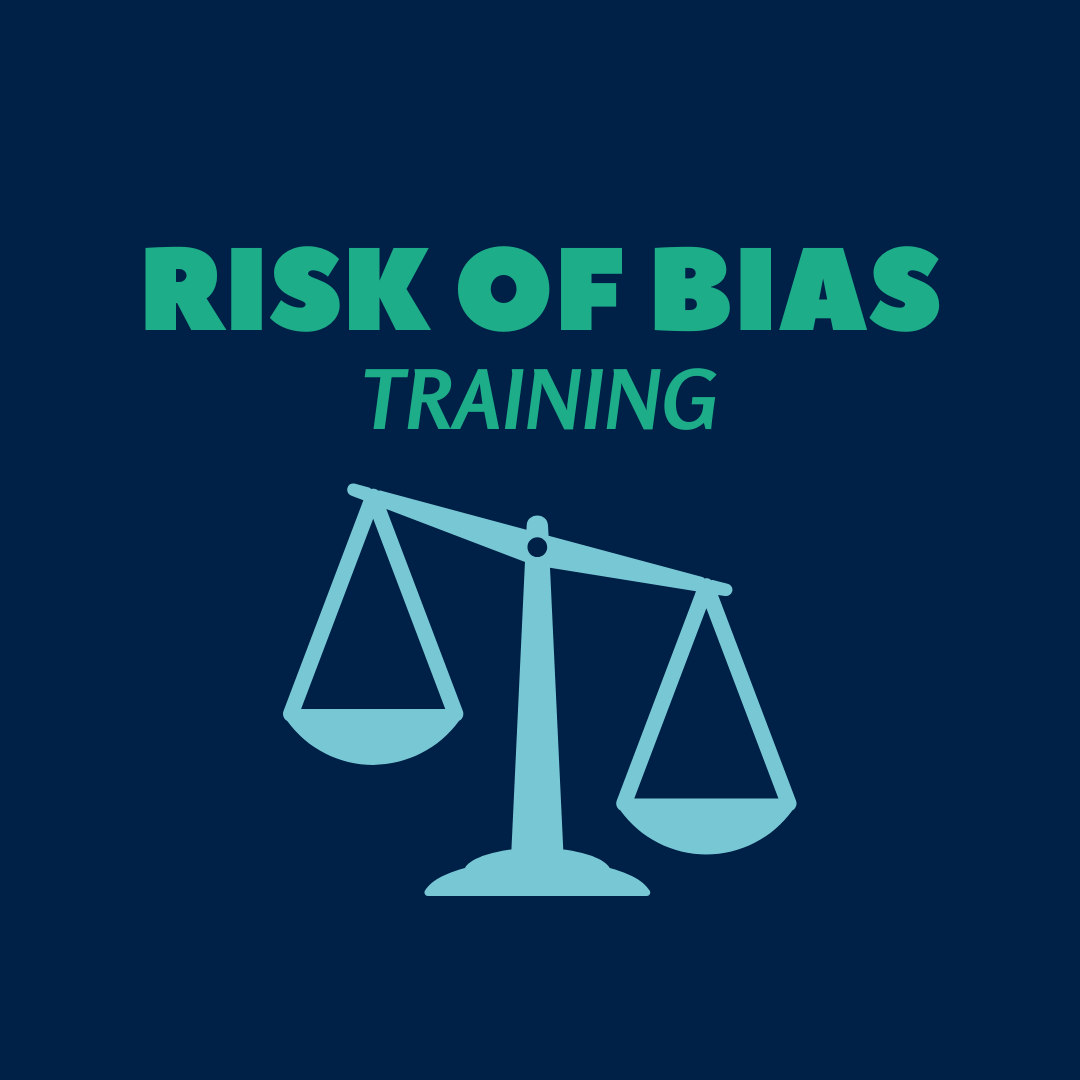This training package has introduced you to the principles of assessing risk of bias of experimental and quasi-experimental research in education. It has taken you through the steps required to assess risk of bias using the EEF padlock tool, and has used examples from real-life research to illustrate the process.
You will have recognised that assessing risk of bias requires careful reading of research papers and some level of judgement, especially when information is incomplete or not uniformly reported. All too frequently reports of research in education simply do not provide the information or level of detail needed to make confident judgements about their trustworthiness. When relevant information is not reported, we must err on the side of caution and assign the lowest rating to any given item. This means that incomplete reporting can lead to research that was well conducted being judged as having high risk of bias. It is important to remember tools like the EEF padlock tool are assessments of the risk of bias. No tool can capture whether actual bias has occurred, but clear reporting can help us be more confident that we have made a fair assessment of the risk associated with a given piece of research.
The onus here is on authors and editors to ensure that research of this sort is completely and transparently reported. As well as teaching you about assessing risk of bias, we hope that engaging in this process will have demonstrated the importance of clear and complete reporting of research, and that you will remember how important this is when you report your own research. We recommend that you adhere to reporting guidelines, such as CONSORT, which itemise the aspects of research that reviewers will want to know when judging trustworthiness.
Feel free to review your learning and share this training package with other education researchers.


